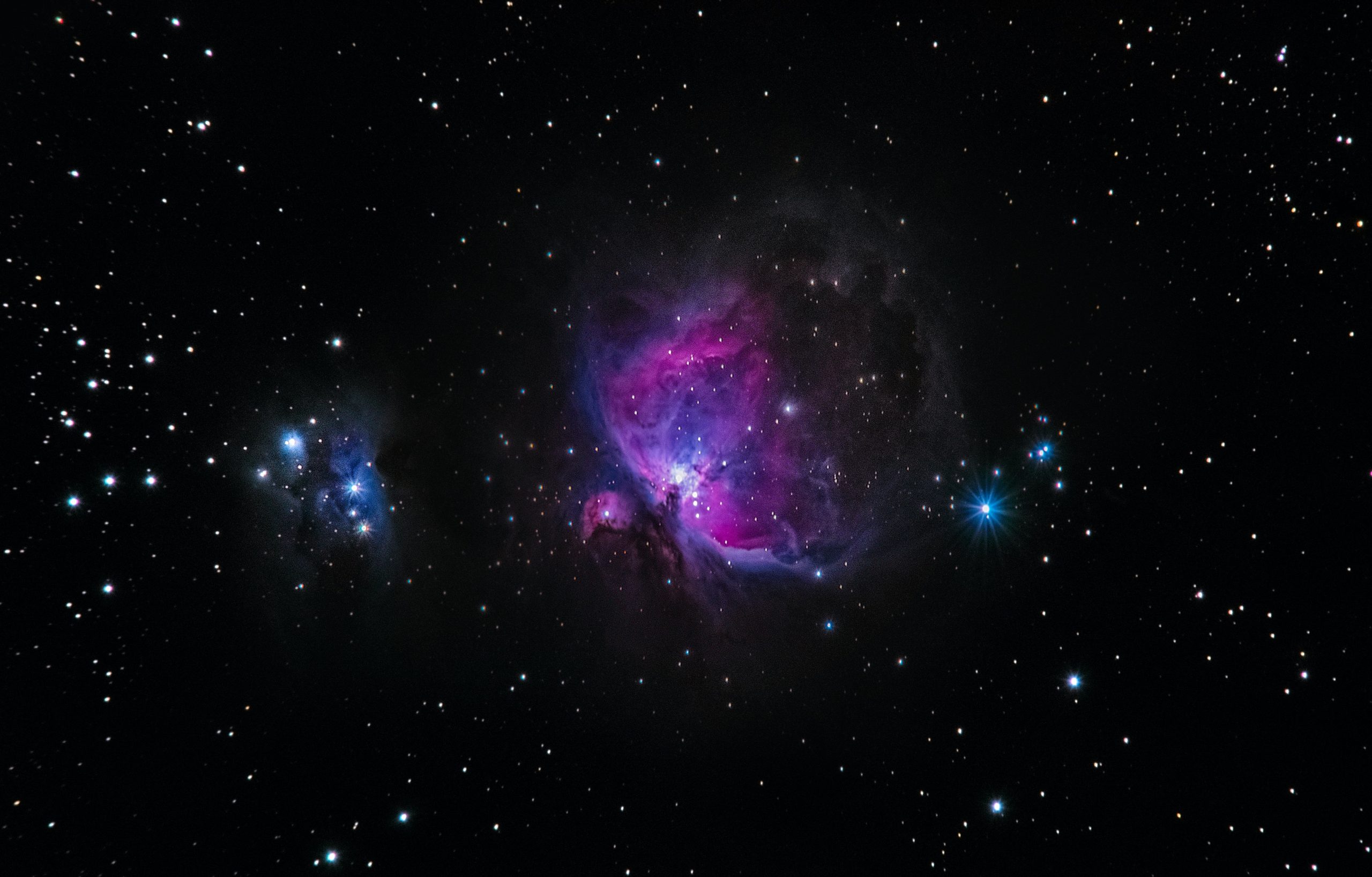Exploring Sumerian Afterlife: The Descent of Inanna

Hey there, amazing readers! 🖐️ Just a quick note: yes, we know there are a lot of ads here. Trust us, we get it—it’s not the prettiest look, but they help us keep this blog alive and kicking. Those pesky little ads cover the costs of all the behind-the-scenes magic, from hosting and tech stuff to creating content we hope you’ll love.
We’re committed to delivering quality posts, and your support (even just sticking around despite the ads) means everything to us. So, bear with us, and thanks for helping us keep the good vibes rolling. Now, on to the fun stuff! 😉
TRANSLATE BUTTON AT THE END OF THE ARTICLE
Introduction to Sumerian Afterlife
In ancient Sumerian beliefs, the afterlife held significant importance, with intricate myths and rituals surrounding the journey of the soul after death.
The Sumerians believed in a complex underworld ruled by deities where the fate of the deceased was determined.
Central to this belief system was the story of the Descent of Inanna, a powerful myth that sheds light on the Sumerian concept of the afterlife and the journey of the soul through the underworld.
This myth not only provides a glimpse into the Sumerian religious beliefs but also highlights the values and cultural norms of this ancient civilization.
Overview of Descent of Inanna
The Descent of Inanna is one of the most well-known myths in Sumerian literature, detailing the journey of the goddess Inanna, the Queen of Heaven and Earth, into the underworld.
Inanna decides to visit her sister Ereshkigal, the ruler of the underworld, to pay her respects.
However, this journey proves to be a transformative and challenging experience for Inanna, as she must navigate through the seven gates of the underworld, facing trials and ultimately sacrificing her powers to enter the realm of the dead.
This myth is a powerful allegory for the cycle of death and rebirth, as well as the transformative nature of the afterlife in Sumerian culture.
Inanna, Queen of Heaven and Earth
Inanna, also known as Ishtar in later Mesopotamian civilizations, was a central figure in Sumerian mythology, revered as the goddess of love, fertility, and war.
She was believed to preside over both the heavens and the earth, symbolizing the dualities of life and death.
Inanna was a complex deity, embodying both nurturing and destructive qualities, making her a symbol of the ever-changing nature of existence.
Her journey into the underworld in the Descent of Inanna showcases her strength, resilience, and willingness to face the unknown, reflecting the Sumerian belief in the cyclical nature of life and death.
Journey to the Underworld
The journey of Inanna into the underworld is a crucial aspect of the Sumerian afterlife mythology, symbolizing the descent of the soul into the realm of the dead.
In this myth, Inanna must pass through seven gates, each guarded by a gatekeeper who requires her to relinquish a part of her divine powers.
This journey is fraught with challenges and tests, reflecting the Sumerian belief that the afterlife is not a passive existence but a dynamic realm where the soul must confront its own limitations and undergo transformation.
The Descent of Inanna highlights the Sumerian view of death as a necessary and transformative journey for the soul to achieve rebirth and renewal.
Gatekeeper Ereshkigal
Ereshkigal, the sister of Inanna and the ruler of the underworld, plays a pivotal role in the Descent of Inanna.
As the gatekeeper of the underworld, Ereshkigal represents the darker aspects of existence, embodying death, decay, and transformation.
She is a formidable deity who demands respect and submission from those who enter her realm.
Ereshkigal’s encounter with Inanna in the underworld serves as a test of the goddess’s strength and resilience, as well as a reminder of the inevitability of death and decay in the cycle of life.
Ereshkigal’s role as the gatekeeper underscores the Sumerian belief in the transition from life to death as a necessary and transformative process for the soul.
Inanna’s Seven Gates
The seven gates that Inanna must pass through in her descent into the underworld are symbolic of the challenges and trials that the soul faces in the afterlife.
Each gate is guarded by a gatekeeper who demands that Inanna surrender a part of her divine powers as she progresses deeper into the realm of the dead.
These gates represent the stages of the soul’s journey through the afterlife, where it must confront its own limitations, fears, and attachments in order to achieve spiritual transformation.
The symbolism of the seven gates in the Descent of Inanna reflects the Sumerian belief in the cyclical nature of life and death, where the soul must undergo trials and tribulations to achieve enlightenment and rebirth.
Stripping of Inanna’s Powers
As Inanna passes through each of the seven gates of the underworld, she is required to surrender a part of her divine powers, symbolizing the process of spiritual purification and transformation.
By relinquishing her powers, Inanna undergoes a symbolic death and rebirth, shedding her attachments and ego to attain a deeper understanding of herself and the nature of existence.
This stripping of Inanna’s powers represents the Sumerian belief in the necessity of letting go of worldly desires and illusions in order to achieve enlightenment and spiritual growth.
The sacrifice of her powers is a pivotal moment in the Descent of Inanna, marking a profound shift in the goddess’s journey through the afterlife and her eventual resurrection.
Inanna’s Resurrection
After surrendering her powers and descending into the depths of the underworld, Inanna reaches the throne room of Ereshkigal, where she is ultimately stripped of all her garments and hung on a meat hook.
In this moment of ultimate vulnerability and surrender, Inanna faces death itself, experiencing a profound sense of loss and transformation.
However, her loyal servant, Ninshubur, seeks the help of the other gods to rescue Inanna from the underworld.
Through a series of events involving the creation of divine substitutes, Inanna is ultimately resurrected and restored to her former glory.
This resurrection symbolizes the cyclical nature of life and death, as well as the eternal renewal of the soul in the afterlife.
Symbolism and Themes
The Descent of Inanna is rich in symbolism and themes that reflect the Sumerian beliefs about the afterlife and the journey of the soul.
The seven gates represent the stages of spiritual transformation, where the soul must confront its own limitations and attachments to achieve enlightenment.
The stripping of Inanna’s powers symbolizes the process of shedding ego and illusions to attain a deeper understanding of existence.
The resurrection of Inanna highlights the cyclical nature of life and death, emphasizing the eternal renewal of the soul in the afterlife.
These themes underscore the Sumerian belief in the transformative power of death and rebirth, as well as the cyclical nature of existence.
Impact on Sumerian Culture
The Descent of Inanna had a profound impact on Sumerian culture, shaping the religious beliefs and practices of this ancient civilization.
The myth served as a central narrative in Sumerian religious rituals, symbolizing the journey of the soul through the afterlife and the transformative nature of death and rebirth.
The story of Inanna’s descent into the underworld was recited in temples and palaces, emphasizing the importance of spiritual purification and transformation for the soul.
The themes of the myth, such as sacrifice, resurrection, and enlightenment, became central tenets of Sumerian religious thought, influencing the cultural norms and values of the society.
The Descent of Inanna played a crucial role in shaping the Sumerian view of the afterlife and the soul’s journey through the realm of the dead.
Comparisons to Other Mythologies
The Descent of Inanna shares similarities with other myths and legends from different cultures, showcasing universal themes of death, rebirth, and transformation.
In Greek mythology, the story of Persephone’s descent into the underworld mirrors Inanna’s journey, highlighting the cyclical nature of life and death.
Both myths emphasize the transformative power of the underworld as a realm of spiritual growth and renewal.
Similarly, the concept of a heroic journey through the afterlife is present in Egyptian mythology, with the story of Osiris and Isis paralleling the themes of sacrifice, resurrection, and enlightenment found in the Descent of Inanna.
These comparisons illustrate the universal themes and motifs present in ancient myths, reflecting the shared human experience of confronting death and seeking spiritual transformation.
Legacy of the Descent of Inanna
The legacy of the Descent of Inanna endures to this day, influencing modern interpretations of death, rebirth, and the afterlife.
The myth continues to inspire artists, writers, and scholars to explore themes of spiritual transformation and the cyclical nature of existence.
In contemporary culture, the story of Inanna’s descent into the underworld serves as a powerful allegory for personal growth, resilience, and the transformative power of confronting one’s fears and limitations.
The legacy of the Descent of Inanna lies in its ability to resonate with audiences across time and cultures, reminding us of the eternal cycle of life and death and the enduring quest for enlightenment and renewal.

The Enlightenment Journey is a remarkable collection of writings authored by a distinguished group of experts in the fields of spirituality, new age, and esoteric knowledge.
This anthology features a diverse assembly of well-experienced authors who bring their profound insights and credible perspectives to the forefront.
Each contributor possesses a wealth of knowledge and wisdom, making them authorities in their respective domains.
Together, they offer readers a transformative journey into the realms of spiritual growth, self-discovery, and esoteric enlightenment.
The Enlightenment Journey is a testament to the collective expertise of these luminaries, providing readers with a rich tapestry of ideas and information to illuminate their spiritual path.
Our Diverse Expertise 🌟
While our primary focus is on spirituality and esotericism, we are equally passionate about exploring a wide range of other topics and niches 🌍📚. Our experienced team is dedicated to delivering high-quality, informative content across various subjects ✨.
To ensure we provide the most accurate and valuable insights, we collaborate with trusted experts in their respective domains 🧑🏫👩🏫. This allows us to offer well-rounded perspectives and knowledge to our readers.
Our blog originally focused on spirituality and metaphysics, but we’ve since expanded to cover a wide range of niches. Don’t worry—we continue to publish a lot of articles on spirituality! Frequently visit our blog to explore our diverse content and stay tuned for more insightful reads.



















